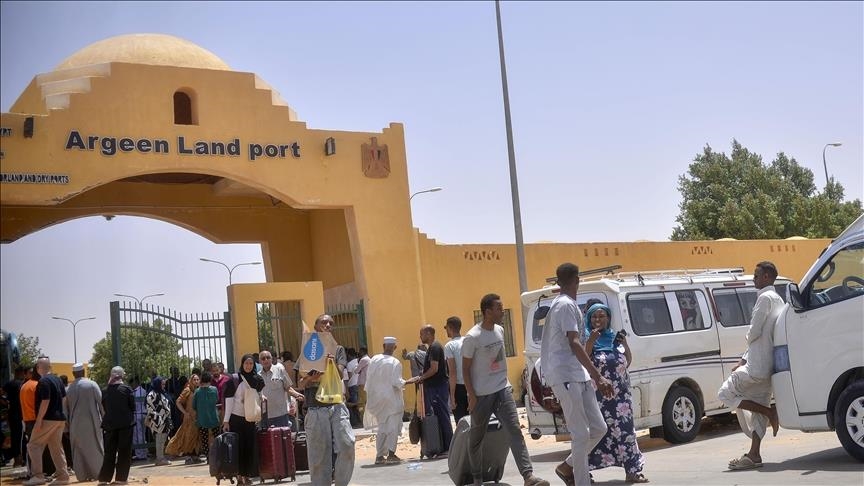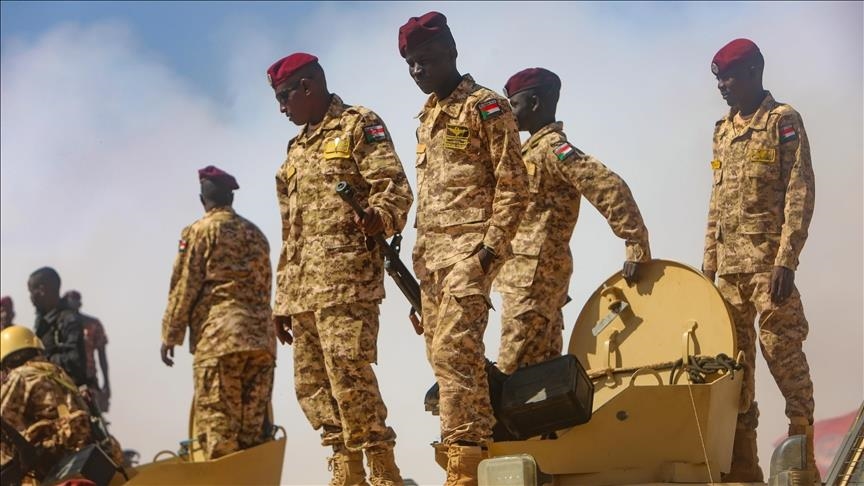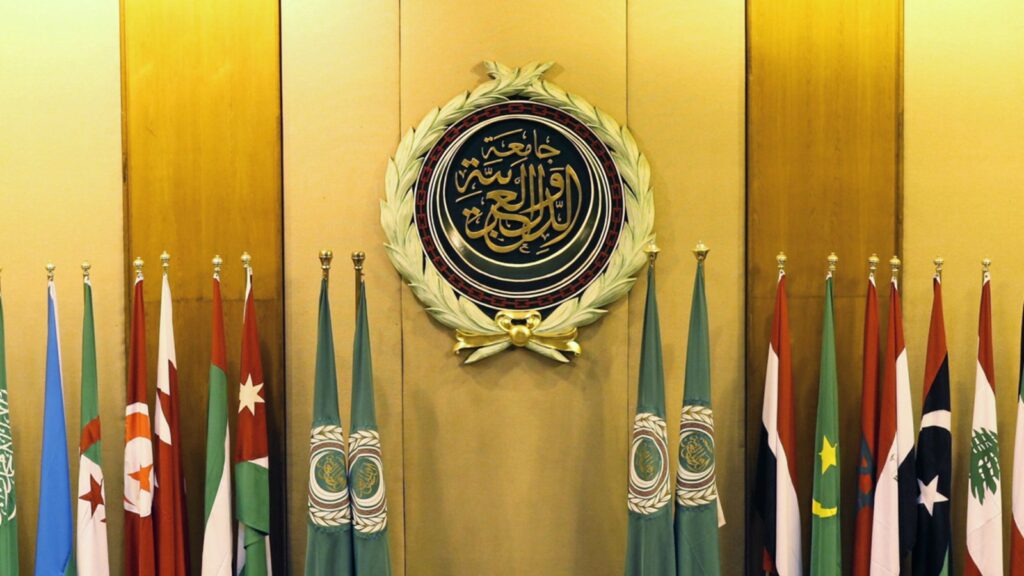
More than two years into the war between General al-Burhan’s army (SAF) and the Rapid Support Forces (RSF), life in SAF-controlled territory has descended into an interlocking crisis. Basic services have all but collapsed, inflation is spiralling, and whole communities are edging toward famine.
In hard-hit Kordofan and Darfur, residents now survive on tree leaves and “ambaz” livestock fodder. Formal relief is barely visible, and neither the SAF command nor international agencies have offered a credible plan to avert catastrophe.
High prices, no services in the “safe” regions
Central, northern and eastern Sudan have been spared direct combat, yet electricity blackouts, dry taps and runaway prices dominate daily life. A small bag of fava beans now costs SDG 1,500—an unmistakable marker of hyper-inflation that has gutted household purchasing power.
In the capital, conditions vary block by block. Activist Othman Salah says most households survive on charity kitchens. Water flows for just four hours a day—sometimes only every other day—while sporadic gunfire echoes each night from SAF checkpoints. South Khartoum’s markets have reopened, but locals complain of late-night music and tales of “jinn” haunting abandoned homes.
With formal jobs gone, thousands push hand-carts or lay out goods on pavements to feed their families. The unofficial economy is the only economy.
Villages around Kosti report unchecked fevers and outbreaks, with life-saving drugs nowhere to be found. The RSF’s earlier withdrawal stopped the looting, residents say, but did nothing to fix crumbling clinics or contain soaring prices.
Sky-high food costs
Field visits by Al-Taghyeer reveal sugar selling at SDG 3,500 per kilo in Khartoum—over SDG 4,000 in the provinces. Lentils fetch up to SDG 5,000, beef up to SDG 20,000, and a single plate of beans SDG 2,500. In besieged towns like El-Fasher and Kadugli, a sack of millet has hit an eye-watering SDG 6 million—if it can be found at all.
Community organiser Ahmed Hassan says residents are installing solar panels and restoring water pumps on their own dime. Yet the once-mighty Gezira agricultural scheme is teetering: the summer harvest largely failed, and the winter crop is already at risk unless irrigation canals are cleared fast.
Only about ten of greater Khartoum’s 400 factories are back in operation. In Wad Madani, 60 bakeries have reopened, and local banks promise loans to revive oilseed presses. But the flagship sugar mills at Sennar, Gezira’s al-Ginayd, and even the giant Kenana plant remain crippled by combat damage and endless power cuts.
“No quick fix without peace”
Economist Abdel-Rahman Ibrahim warns that production cycles are broken at every link—from war-torn cattle and sesame zones under RSF control in the west to SAF-held ports in the east. Import dependence, a free-falling pound and crushed household incomes leave Sudanese paying more for less of everything.
“Until the guns fall silent,” he said, “talk of full economic recovery is fantasy. What we’re seeing now are heroic individual efforts, but a national rescue plan can only start after the war ends.”
For now, most families rely on remittances, soup kitchens and ad-hoc charity. Unless the conflict is halted soon, economists fear the country will slide from severe hardship into irreversible collapse.




